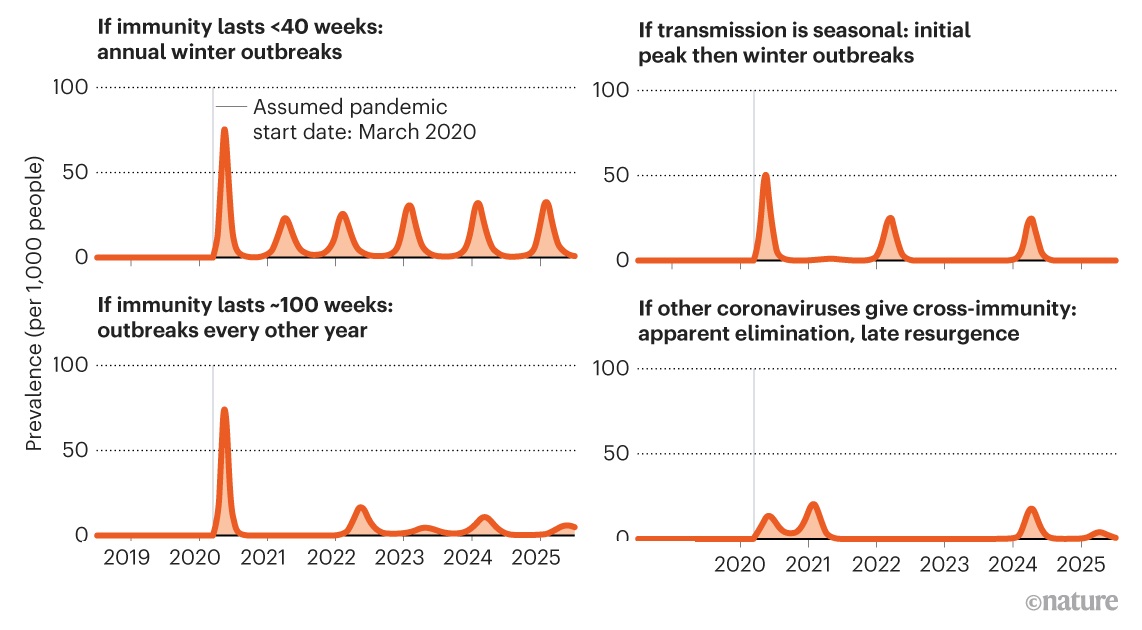
#Vacunas Impacto de las variantes genéticas de la espícula en las vacunas frente al SARS-CoV-2, por Jordi Reina y Pablo Fraile-Ribot (UIB) ncbi.nlm.nih.gov/pmc/articles/P… "Las compañías farmacéuticas están elaborando vacunas tanto de ARNm como vectoriales contra las nuevas variantes".
"Sin embargo, si en el futuro es preciso revacunar a la población con vacunas actualizadas, deberemos estudiar la posible implicación del “pecado antigénico original”, ya descrito en la gripe, y que determina que en una nueva vacunación con cepas antigénicamente distintas, ..."
"... el sistema inmune responde básicamente con los anticuerpos ya presentes y en menor medida con los nuevos inducidos por la nueva vacuna, disminuyendo la eficacia de esta segunda vacuna distinta".
"Para hacer frente a estas variantes se podría introducir una tercera dosis como refuerzo o rediseñar las vacunas para obtener una mayor respuesta de tipo celular".
• • •
Missing some Tweet in this thread? You can try to
force a refresh






